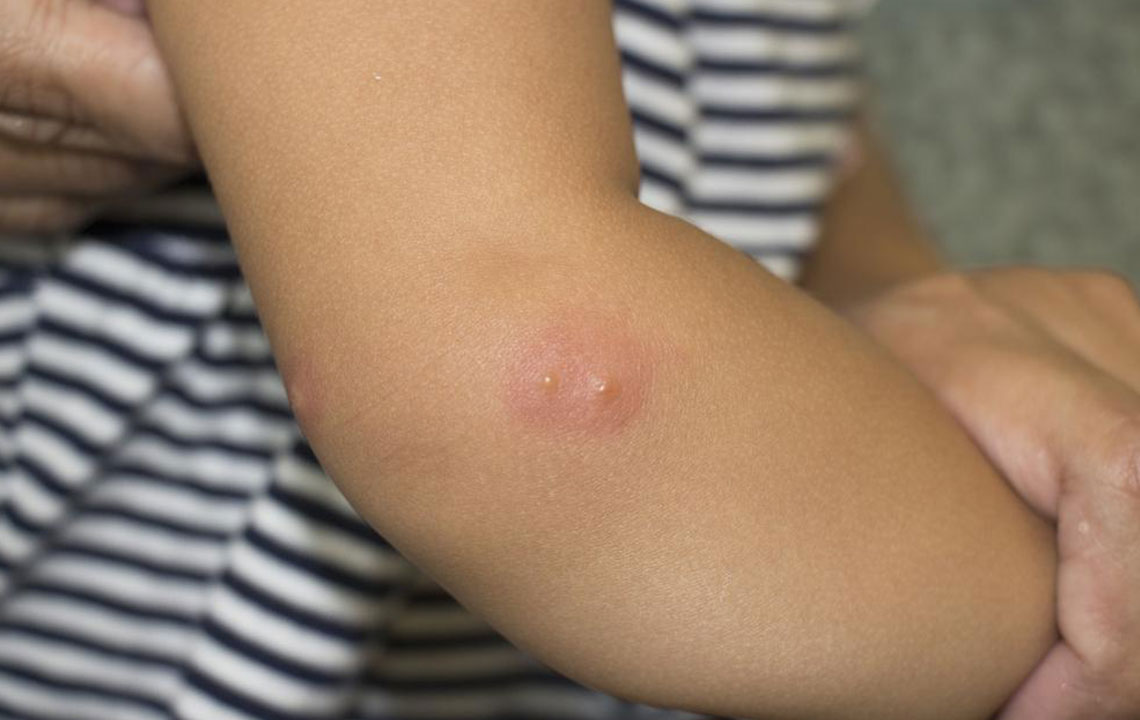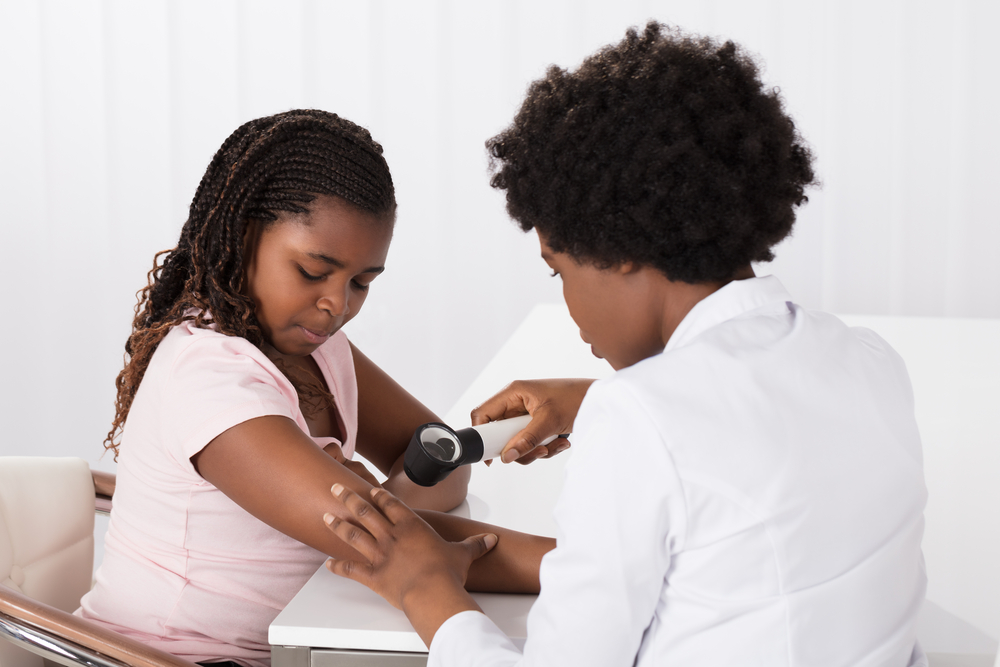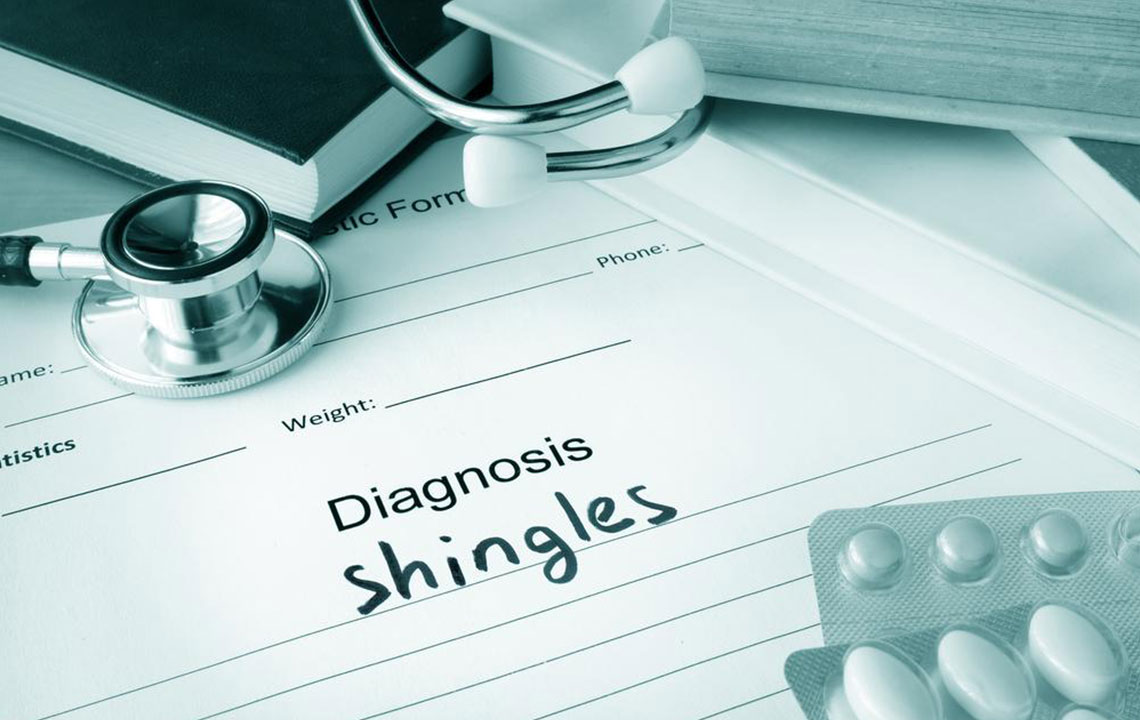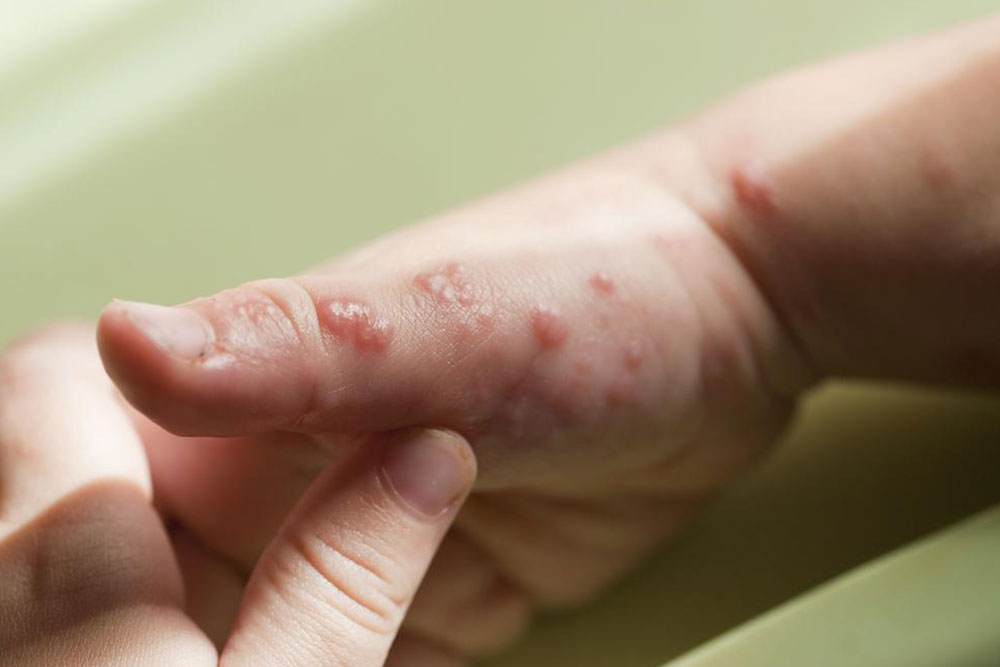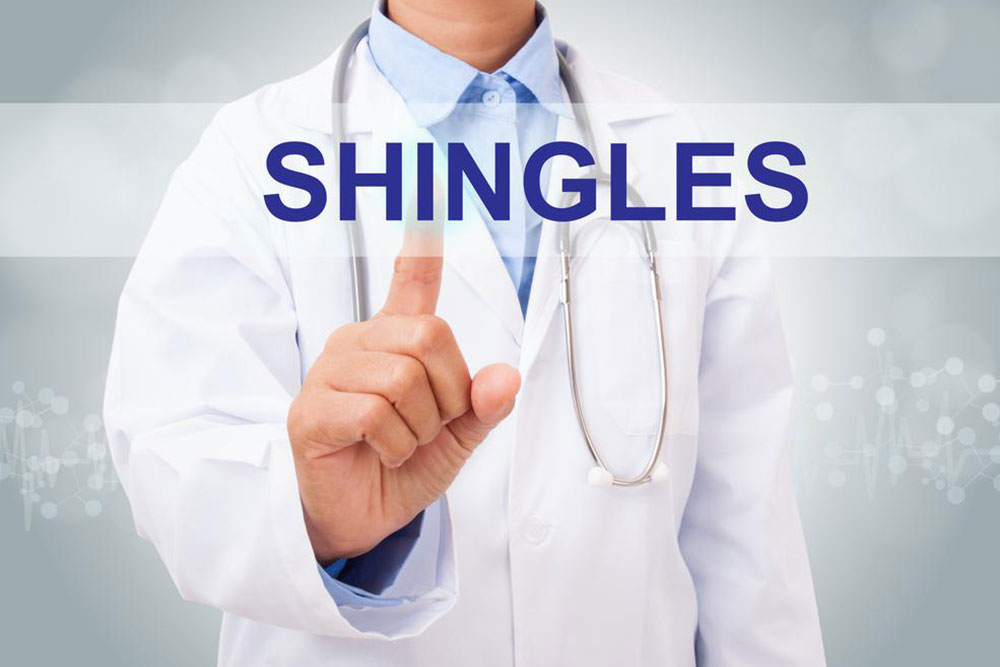Comprehensive Guide to Managing Shingles Skin Rash Effectively
Discover effective strategies to manage shingles skin rash, including early diagnosis, antiviral treatments, pain relief, and self-care tips. Learn how to minimize complications, reduce discomfort, and promote faster recovery with comprehensive guidance in this detailed article.
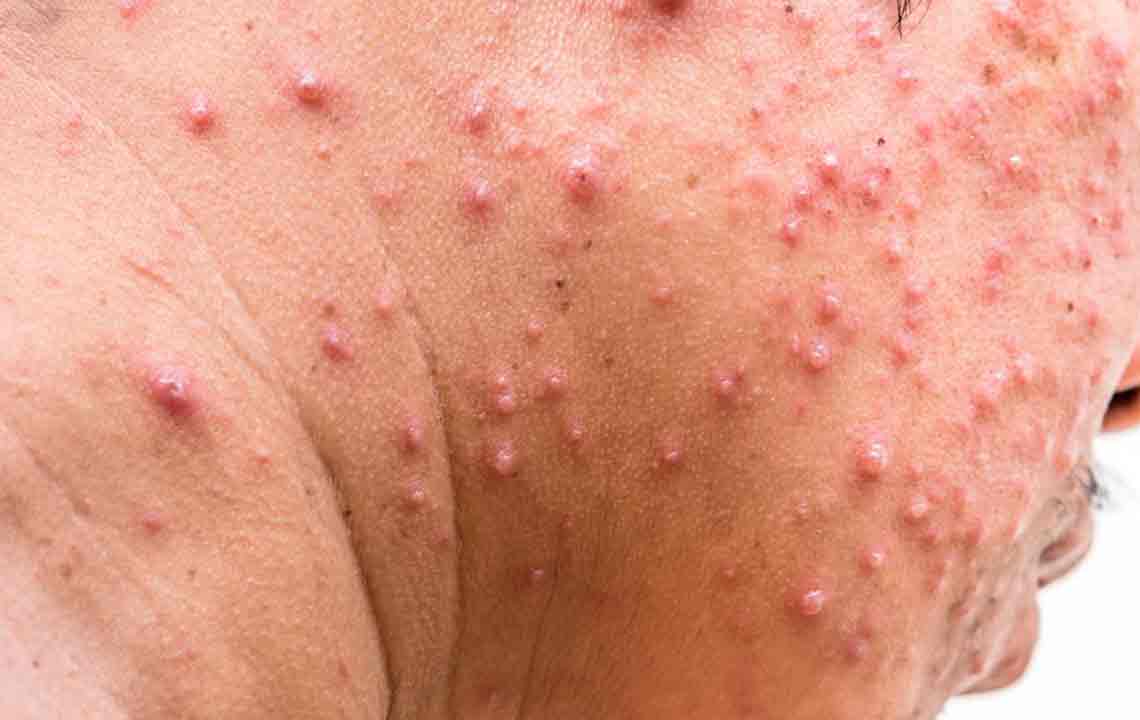
Comprehensive Guide to Managing Shingles Skin Rash Effectively
Shingles, also known as Herpes Zoster, is a complex and often painful viral condition that significantly impacts the skin and nerve tissues. It is caused by the reactivation of the Varicella Zoster virus—the same virus responsible for chickenpox. After an initial chickenpox infection, the virus lies dormant within nerve tissues and can reactivate years later, especially in individuals over 50 or those with weakened immune systems. Understanding how to effectively manage shingles skin rash is crucial to reducing discomfort, preventing complications, and promoting faster recovery.
Shingles typically manifests with a variety of symptoms that warn of its presence. The most common initial signs include severe nerve pain, which can be sharp, burning, or throbbing, often localized to one side of the body or face. Accompanying these symptoms are often headaches, sensitivity to light, fever, and fatigue. As the condition progresses, a distinctive skin rash appears, characterized by clusters or a linear band of red patches and blisters. These blisters may crust over and cause significant discomfort, particularly when they occur near sensitive areas such as the eyes or nose.
Early detection and prompt treatment are essential in managing shingles effectively. Antiviral medications such as acyclovir, valacyclovir, or famciclovir are most effective when started within 72 hours of the appearance of symptoms. These medications help to reduce the severity and duration of the rash, lessen nerve pain, and decrease the risk of complications. Alongside antivirals, pain management is critical. Over-the-counter analgesics like acetaminophen or NSAIDs can help alleviate mild to moderate pain, while nerve pain may require specific medications such as gabapentin or pregabalin.
Topical treatments also play a vital role. Applying soothing creams containing capsaicin, lidocaine, or calamine can provide relief. Proper wound care to prevent infection is necessary; this includes keeping the affected area clean and dry, avoiding scratching the blisters, and using gentle cleansing solutions as recommended by your healthcare provider.
In addition to medication, several self-care strategies can support recovery and comfort. Using cold compresses helps to reduce nerve pain and inflammation. Applying cool, soothing lotions or baking soda baths can also diminish itching and discomfort. Wearing loose, soft clothing prevents further irritation. Maintaining good hygiene and avoiding scratching or irritating the rash prevents secondary bacterial infections, which can complicate recovery.
When the rash begins to crust and heal, continue to monitor for signs of infection or worsening symptoms. If new symptoms emerge—such as increased pain, spreading redness, swelling, or pus—prompt medical attention is essential. The same applies if the rash appears near the eyes, as this can threaten vision and requires urgent care to prevent serious complications.
Preventative measures are equally important in controlling shingles outbreaks. Vaccination with the shingles vaccine can significantly reduce the risk of developing the disease or lessen its severity if it occurs. People aged 50 and above are strongly encouraged to receive the vaccine, especially those with compromised immune systems or a history of chickenpox. Additionally, maintaining a healthy lifestyle, managing stress, and supporting a strong immune system can help prevent reactivation of the virus.
In summary, managing shingles skin rash involves a combination of early medical intervention, effective medication, diligent self-care, and preventive strategies. Recognizing early symptoms and seeking medical advice promptly can make a substantial difference in outcomes, reducing pain, shortening the duration of the illness, and preventing long-term complications. Remember, if you experience symptoms suggestive of shingles—especially if the rash appears near the eyes or nose—immediate consultation with a healthcare professional is crucial to protect your health and wellbeing.

